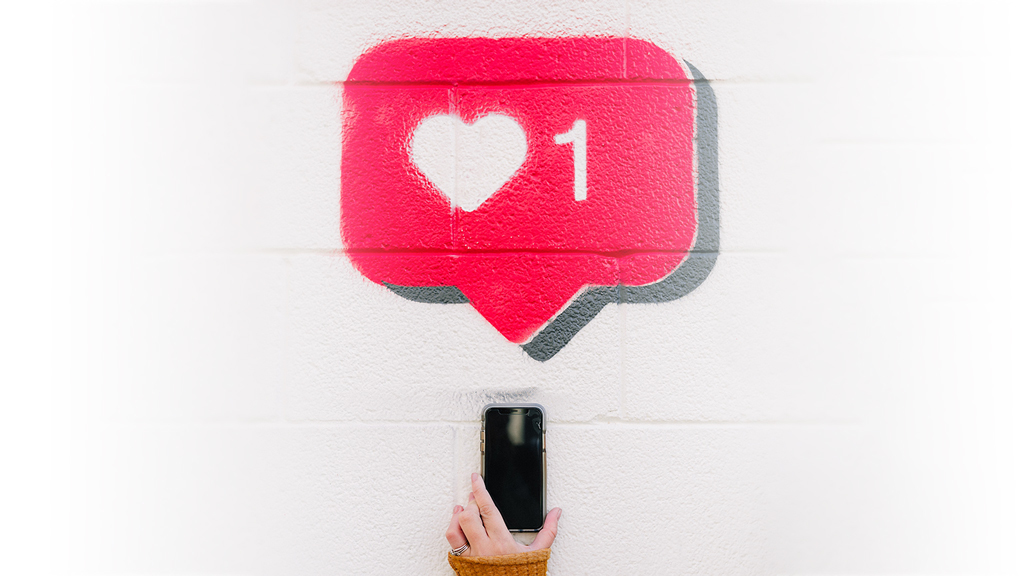The tone in social media has become loud, toxic, insulting and sometimes even threatening. We would rather call it the "anti-social media" when looking at the comments under some posts. With each additional year of membership and more and more users, among whom the individual stands out even less, some people on Facebook, Twitter and Co. lose their last bits of decency. In addition to established trolls and haters, more and more 'normal' users are using language below the belt, drifting into hate speech. Beside that, there are a number of groups that cause trouble for political or ideological reasons. Companies and brands are just as affected by this as the users themselves. Would the hate preachers dare to do this to the same extent in a physical, personal exchange? We doubt that. But on the net, many become Two-Face. For entrepreneurs in particular, this raises the question of how to deal with this and whether it is still worth investing time and money in this environment.
Abusing freedom of expression
Most anti-social users put their verbal outbursts under the heading of "freedom of speech". They do not want to admit that insults, threats and incitement have long left freedom of speech behind. Or they deliberately behave in this way in order to pursue goals that correspond to their views. Topics such as the measures against the coronavirus, sexism, racism, electric cars, gendering or veganism are currently triggering conservative and radical users, causing hate speech. The problem is: those who spread hate are loud and active. The feeling is that there are really many of them. But the majority simply remains silent, leaving the stage to the loud ones. Too bad.
As a company, you can quickly find yourself in the firing line. Sometimes it wasn't your fault. It just happens, because you represent values or offer products that some people don't like. Sometimes, however, it happens, because your product or your work is simply bad. Your community managers need to differentiate between these two cases and react differently. We'll be happy to break down both strategies for you in a future blog post. But back to the topic: Is this development causing users to flee social networks?
The Corona crisis as a growth accelerator
For some it is, but in fact the complete opposite is the case. The Corona crisis is an accelerator of digitalisation and of course of digital communication. For more than a year now, we have been making contacts largely via messenger, video calls and social media. The Digital 2021: Global Overview Report illustrates the growth with concrete figures. In January 21, there were 4.2 billion social media users worldwide. This number had grown by 490 million over the previous year 2020 - an increase of more than 13%. This means that more than 53% of the world's population is on social media. BAM!
Worthwhile opportunities for your business

For you, this means that social media holds more opportunities than ever, despite hate speech and shitstorms. On average, each user has 8.4 social media accounts and spends 2 hours and 25 minutes there every day. They spend their time reading news, consuming entertaining content, keeping in touch with friends and family AND researching products and interacting with brands. That's where you come in.
Social media channels are so diverse and agile that they offer you the space to reinvent and place your own brand. Companies that have been in the market for decades can suddenly reach a whole new and young audience on platforms like TikTok. But before you get started, take these three tips with you:
- Define your goals and values, because users are questioning you more than ever. And don't just mention them in your profile. From boss to student assistant, the company must actively live them. Otherwise you'll be caught out and get a shitstorm.
- Speak a lot, very much.
We always tell our clients: if you don't want to listen and talk, then DON'T be on social media. Consumers are communicating their needs more clearly and directly than ever before. Sentiment and opinions are constantly fluctuating. Respond to that and take advantage of it. - Corona has also increased the desire to connect with humans digitally. Ergo, be human as a brand, too.
By the way, the most used hashtag on Instagram is #love. So get out there and spread it.